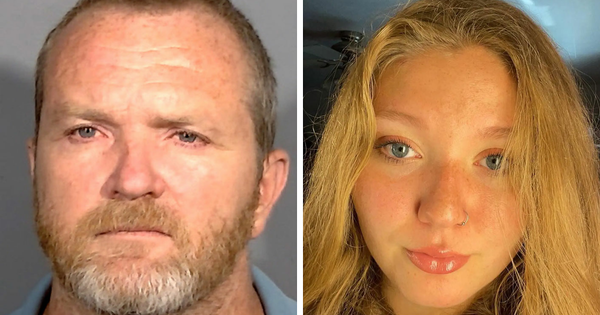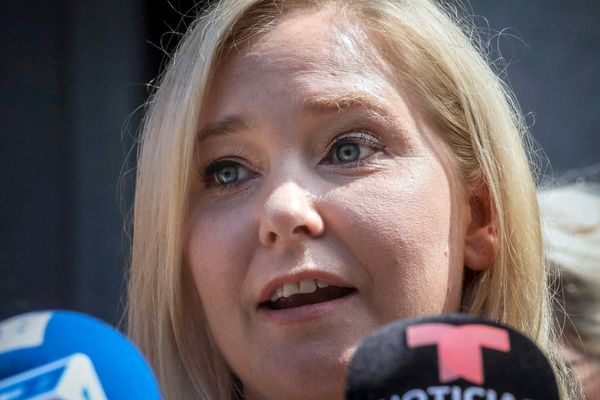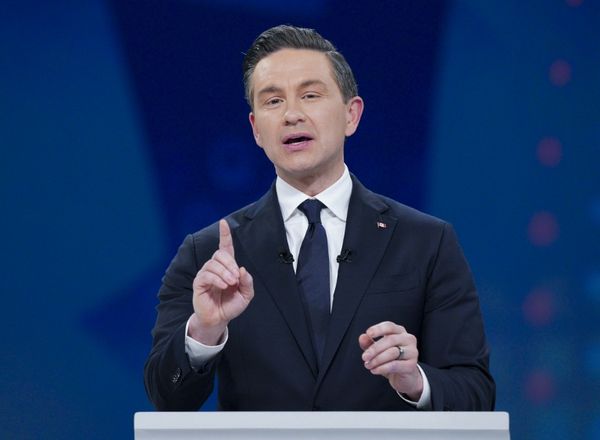
Anyone noticed an echo in the fierce debate surrounding the referendum on the voice to parliament?
It’s not the voices of First Nations people who live in poverty in many remote and satellite communities, who have poor sanitation, wretchedly inadequate housing, poor health, hindered access to education and bleak longevity prospects.
Nor is it the voices of those living in regional Indigenous communities stuck in an unsustainable holding pattern between Aboriginal-demanded solutions to their problems and the stubbornness of some city-centric politicians historically reluctant to embrace First Nations solutions.
Those voices have largely been silenced as high-profile elites on the no side use their privileged positions to demonise the voice without offering alternatives.
Outrage is easy. Dive into social media platforms at any given hour and the rage farmers – users generating engagement via outrage content, increasing individual social capital in what is a growing lucrative digital economy – are in full howl.
But where are the solutions? Sermonising about past injustices and oppression is valid but doesn’t solve the miserable entrenched problems wrought by those injustices. Condemning and opposing a grassroots and sovereign First Nations-led response without offering alternatives isn’t activism. At best it’s individual careerism, at worst it’s political hobbyhorsing.
The proposition being amplified the loudest by the no side is that the voice will not make a practical difference. This is troublingly opportunistic. The voice’s representatives will be drawn from remote, regional and metropolitan First Nations communities, who in turn will seek guidance from their mob about real solutions to their community’s unique challenges.
The intergenerational nature of knowledge transfer within First Nations communities means there is deep collective wisdom and knowledge on offer through the voice to policymakers. The voice will draw on centuries of resilience and adaptability within our communities, coupled with our collective understanding of modern life.
One thing is certain: continuing the same path of patchwork, expensive government solutions that have largely been costly failures is not an option.
Opponents who run the argument that cost-of-living relief is the focus of most Australians forget an inconvenient truth: the voice, when functioning properly, has the potential to have a significantly positive effect on Australia’s economic bottom line.
Taxpayers have a right to expect a return into the public purse from more streamlined and targeted expenditure. Very little has changed since the Productivity Commission revealed in 2014 that only $5.6bn or 18.6% of the total expenditure on Indigenous programs was being channelled through First Nations-specific or targeted services.
The $30bn public cost of Aboriginal programs will reduce because white elephant programs will be recommended for axing, and First Nations-led programs that we know will work to better the lives of our people will be more cost-effective.
What all Australians including First Nations people want is change for the better, not frivolous spending on programs that make governments feel good about themselves but don’t work.
Remote and very remote parts of Australia is where deprivation experienced by First Nations people is most acute, and the health and social gap compared with non-Aboriginal Australians is most pronounced, leading to early and preventable deaths.
The voice to parliament is critical to stem this tide, and it’s been a long time coming. Governments have been considering and reconsidering models of authentic Indigenous input into policymaking since the 1970s. Indigenous Australians have been agitating for it since 1901. You’d have to say its time is past due.
The model we’ll vote on was devised after one of the largest grassroots engagements of any peoples in Australia’s history. Local meetings comprising thousands of First Nations people led to the Uluru dialogues and the final statement from the heart. It was a distinctively democratic exercise. The model is far-reaching and clear cut in its newness and potential. It’s a no-nonsense approach that will see First Nations people finally recognised in our constitution – and the mechanism for ensuring that recognition has practical implications is the voice.
Voting against it because of Australia’s history of oppression is the same as opposing a First Nations-led means to lift the effects of that oppression. This straw man argument is rooted in pessimism and should be rejected. Self-determination will wither and die if that and other defeatist attitudes prevail.
• Dameyon Bonson is an Aboriginal and Torres Strait Islander man living and working in the Northern Territory. He is a member of the First Nations Referendum Engagement Group, a Vogue Top 20 Change Maker, a small business person and the founder of Black Rainbow







